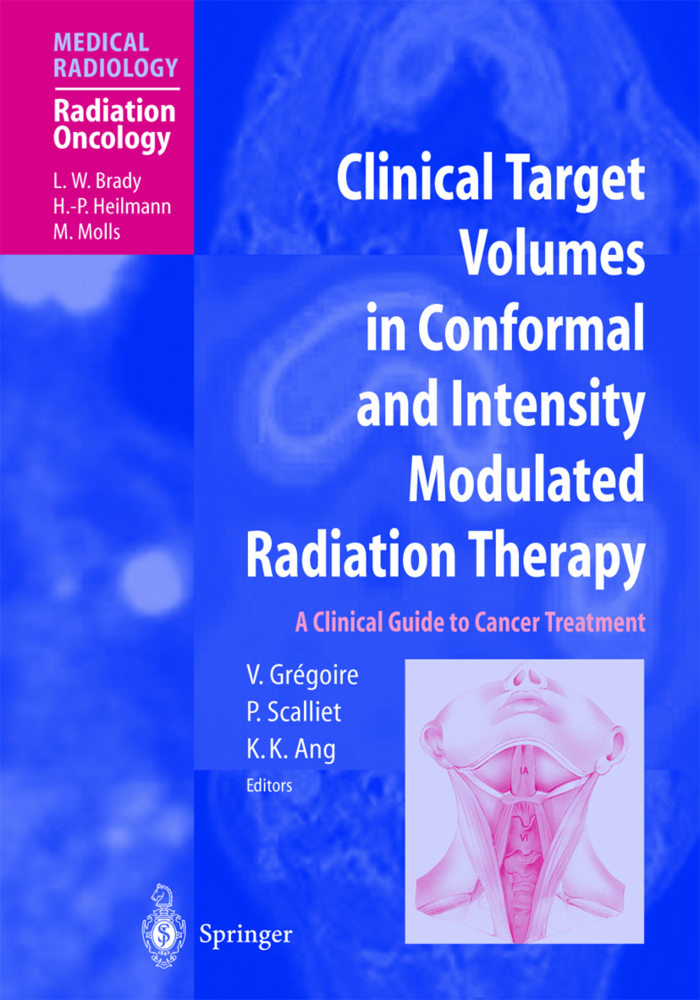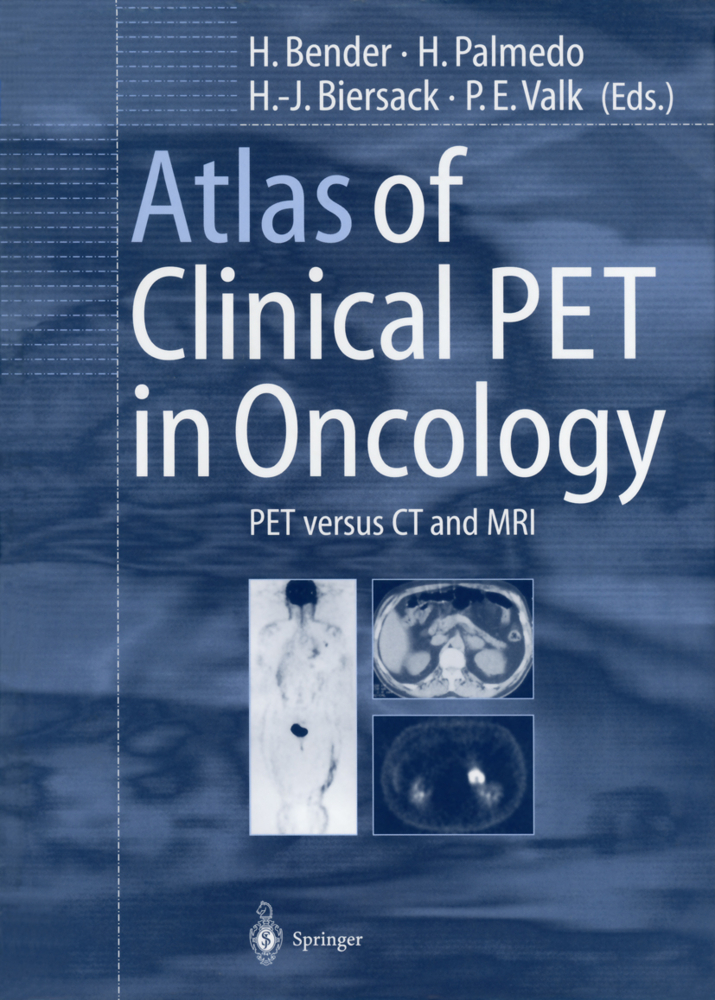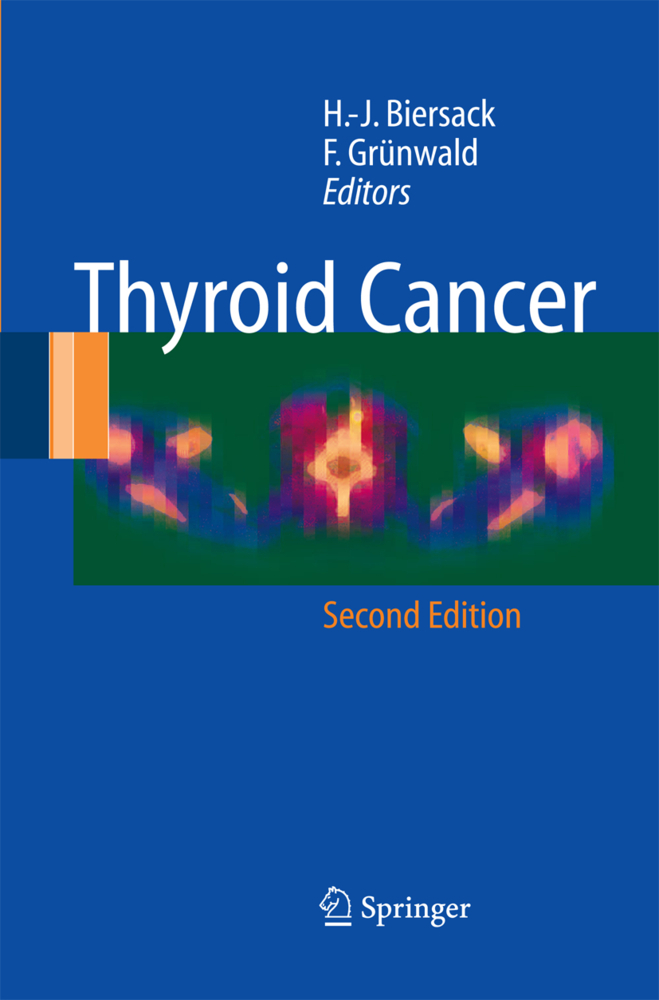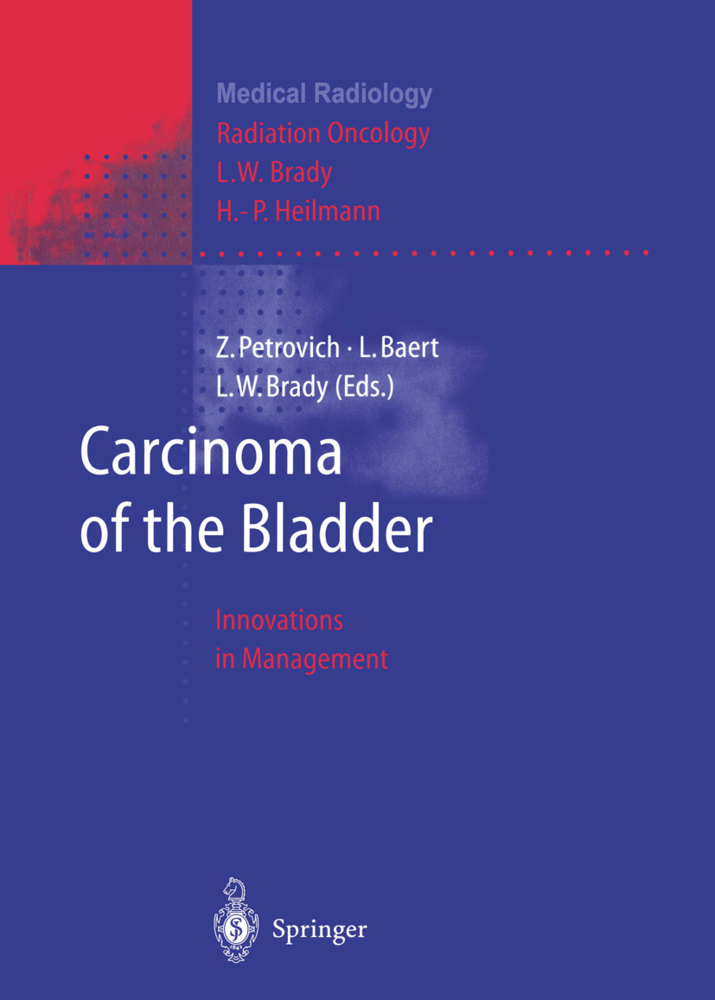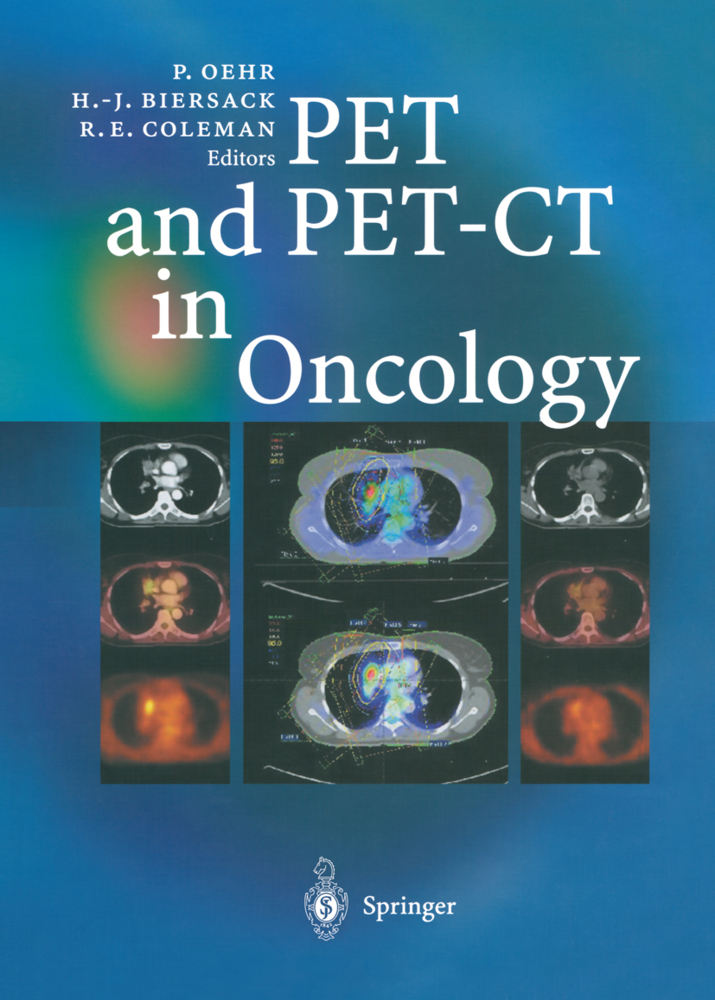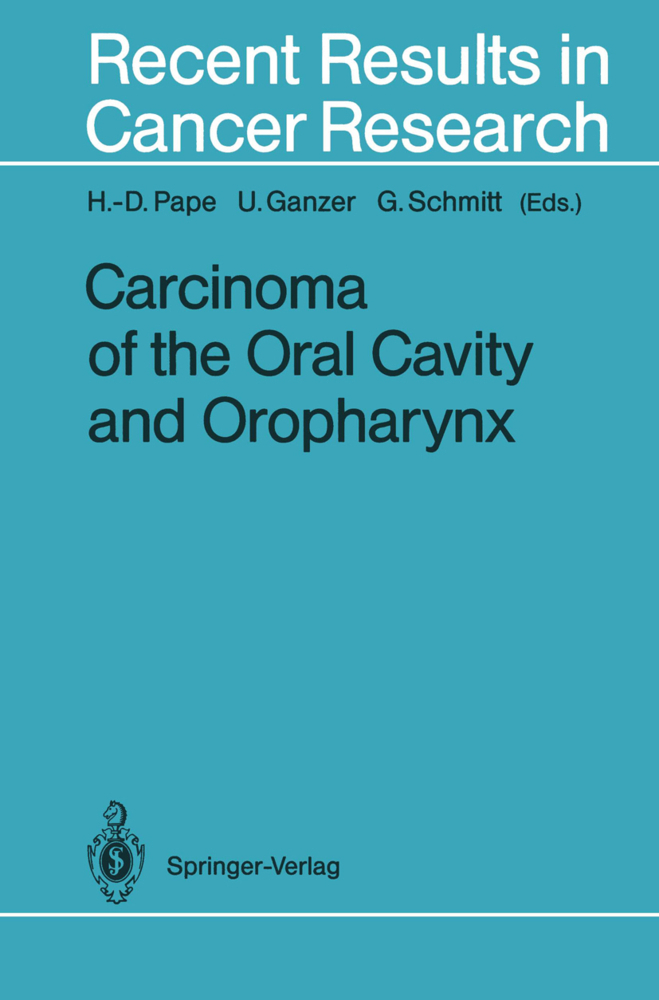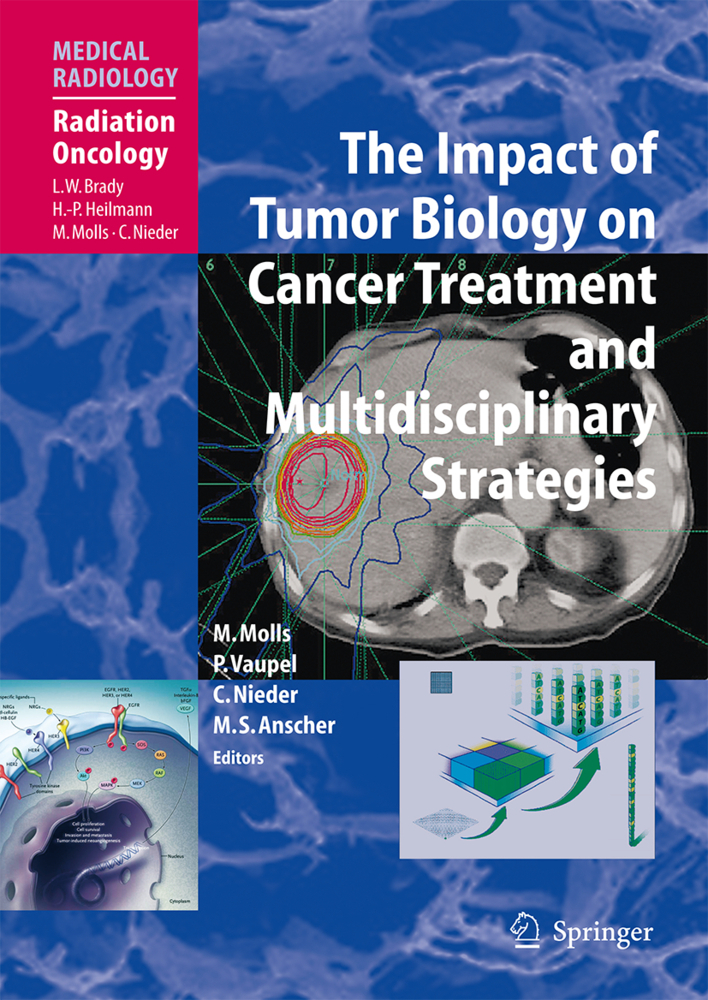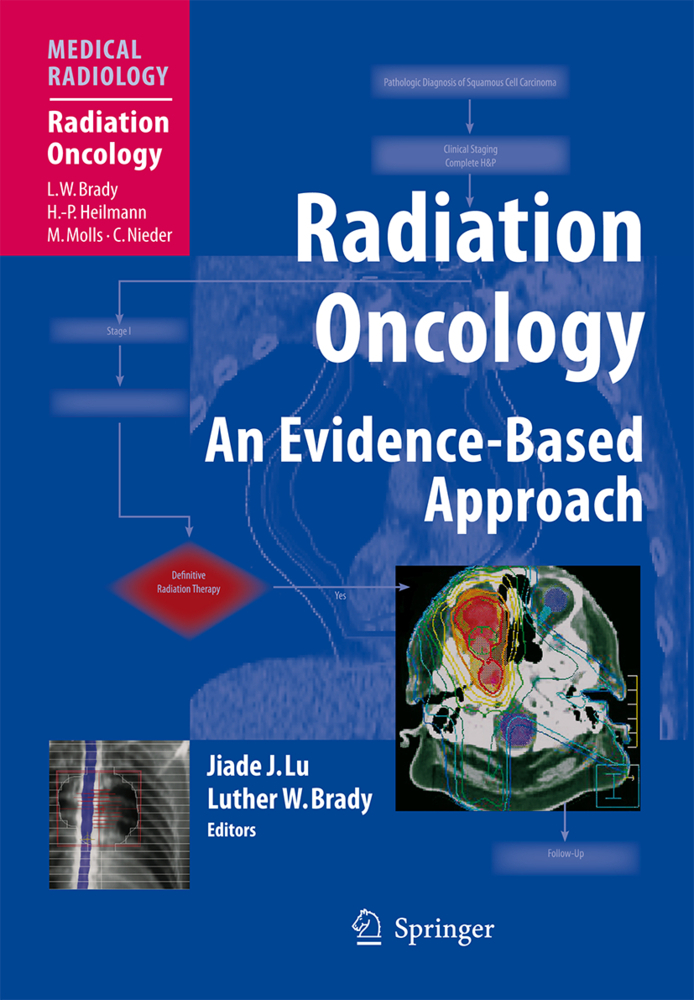Functional Preservation and Quality of Life in Head and Neck Radiotherapy
This book focuses on functional treatment outcomes in head and neck cancer patients from the perspective of experts from around the world in medical and allied health fields. Recent advances in management strategies are presented as they relate to functional preservation and quality of life. Clinical and research knowledge is organized in an approachable manner by means of short chapters, key point tables, and high-quality illustrations and graphics. This method of presentation is very effective for busy clinical practitioners and researchers. Information is provided on site-specific epidemiology and treatment outcome, the impact of different treatment techniques and toxicities on quality of life, and the relationship of toxicity prevention, rehabilitation, and supportive care to quality of life after treatment, Among literature on the treatment of head and neck cancer, this book is unique because of the outstanding list of contributors and the specific focus on functional preservation and quality of life.
1;Foreword;6 2;Preface;7 3;Contents;9 4;Epidemiology and Treatment Outcome;12 4.1;1 Oral Cavity Cancer ;13 4.1.1;1.1 Epidemiology and Treatment Outcome;13 4.1.2;References;23 4.2;2 Oropharynx: Epidemiology and Treatment Outcome;25 4.2.1;2.1 Introduction;26 4.2.2;2.2 Epidemiology;26 4.2.3;2.3 Staging;27 4.2.4;2.4 Treatment by Stages;28 4.2.5;2.5 Radiation Therapy Technique: Three-Dimensional Conformal Radiation Therapy vs. Intensity-Modulated Radiotherapy;31 4.2.6;2.6 Treatment-Related Toxicities;32 4.2.7;2.7 Conclusion;36 4.2.8;References;36 4.3;3 Hypopharynx;40 4.3.1;3.1 Introduction;40 4.3.2;3.2 Epidemiology and Etiology;41 4.3.3;3.3 Staging;41 4.3.4;3.4 Patterns of Spread;42 4.3.5;3.5 Clinical Presentation;42 4.3.6;3.6 Treatment Strategies;42 4.3.7;3.7 Quality of Life;44 4.3.8;3.8 Conclusion;48 4.3.9;References;48 4.4;4 Laryngeal Cancer: Epidemiology and Treatment Outcomes;51 4.4.1;4.1 Anatomy;51 4.4.2;4.2 Epidemiology and Risk Factors;52 4.4.3;4.3 Diagnostic Evaluation;52 4.4.4;4.4 Staging;52 4.4.5;4.5 Selection of Treatment Modality for Glottic Carcinoma;52 4.4.6;4.6 Selection of Treatment Modality for Supraglottic Carcinoma;54 4.4.7;4.7 Results of Treatment;55 4.4.8;References;62 4.5;5 Nasopharynx;65 4.5.1;5.1 Epidemiology;65 4.5.2;5.2 Current Treatment Recommendations;67 4.5.3;5.3 Treatment Outcome;69 4.5.4;5.4 Final Remarks;78 4.5.5;References;78 4.6;6 Paranasal Sinus and Nasal Cavity;82 4.6.1;6.1 Epidemiology;83 4.6.2;6.2 Diagnosis and Staging;83 4.6.3;6.3 Treatment;83 4.6.4;6.4 Follow-Up;91 4.6.5;6.5 Treatment of Recurrence;91 4.6.6;6.6 Cancer of the Nasal Vestibule;91 4.6.7;References;92 4.7;7 Salivary Glands and Quality of Life;95 4.7.1;7.1 Introduction;95 4.7.2;7.2 Epidemiology and Treatment Outcome;96 4.7.3;7.3 The Role of Radiotherapy;98 4.7.4;7.4 Factors In. uencing QOL in Salivary Gland Tumors;98 4.7.5;7.5 Radiation Techniques to Reduce the Complication Risks;102 4.7.6;7.6 Conclusion;104 4.7.7;References;105 4.8;8 Head and Neck Sarcomas and Lymphomas;108 4.8.1;8.1 Introduction;109 4.8.2;8.2 Evaluation and Diagnosis;109 4.8.3;8.3 Treatment of Sarcoma;111 4.8.4;8.4 Treatment of Lymphomas of the Head and Neck;117 4.8.5;References;118 4.9;9 Thyroid Cancer;121 4.9.1;9.1 Incidence;121 4.9.2;9.2 Types of Thyroid Cancer;122 4.9.3;9.3 Diagnosis;122 4.9.4;9.4 Management;124 4.9.5;References;128 4.10;10 Cervical Lymph Node Metastases from Unknown Primary Tumors;129 4.10.1;10.1 Introduction;129 4.10.2;10.2 Incidence;130 4.10.3;10.3 Diagnostic Workup;130 4.10.4;10.4 Treatment;131 4.10.5;10.5 Follow-Up;133 4.10.6;10.6 Prognostic Factors;133 4.10.7;10.7 Patterns of Failure;134 4.10.8;10.8 Morbidity;135 4.10.9;10.9 Conclusions and Future Directions;135 4.10.10;References;135 5;Treatment Techniques with Potential Impact on QOL;137 5.1;11 Dysphagia-Related Quality of Life of Patients;138 5.1.1;11.1 Introduction;139 5.1.2;11.2 Patients and Methods;139 5.1.3;11.3 Results;142 5.1.4;11.4 Discussion;142 5.1.5;11.5 Conclusions;145 5.1.6;References;146 5.2;12 Improving the Quality of Life of Patients;148 5.2.1;12.1 Introduction;148 5.2.2;12.2 Evolution of Highly Conformal RT: From 2D to 3D and to Intensity-Modulated Radiotherapy and Tomotherapy;149 5.2.3;12.3 IMRT: General Aspects;149 5.2.4;12.4 IMRT for Head and Neck Cancer;149 5.2.5;12.5 Reducing Xerostomia by Highly Conformal Radiotherapy;150 5.2.6;12.6 Efforts to Reduce Dysphagia Related to Chemo-RT of Head and Neck Cancer;152 5.2.7;12.7 Using IMRT to Reduce the Doses to the Swallowing Structures;153 5.2.8;12.8 Effects of Highly Conformal RT on Broad Aspects of QOL;154 5.2.9;References;155 5.3;13 Advantages of Proton Beam Therapy;157 5.3.1;13.1 History of Proton Beam Therapy;158 5.3.2;13.2 Rationale of using Proton Beam Therapy for Head and Neck Cancers;158 5.3.3;13.3 Intensity-Modulated Radiation Therapy vs. Intensity-Modulated Proton Therapy;158 5.3.4;13.4 Proton Beam Therapy for Sinonasal Malignancies;159 5.3.5;13.5 Proton Beam Therapy for Nasopharyngeal Carcinoma;160 5.3.6;13.
Harari, Paul M.
Connor, Nadine P.
Grau, Cai
Brady, Luther W
Heilmann, Hans-Peter
Molls, Michael
Nieder, Carsten
| ISBN | 9783540732327 |
|---|---|
| Artikelnummer | 9783540732327 |
| Medientyp | E-Book - PDF |
| Auflage | 2. Aufl. |
| Copyrightjahr | 2009 |
| Verlag | Springer-Verlag |
| Umfang | 329 Seiten |
| Kopierschutz | Digitales Wasserzeichen |

